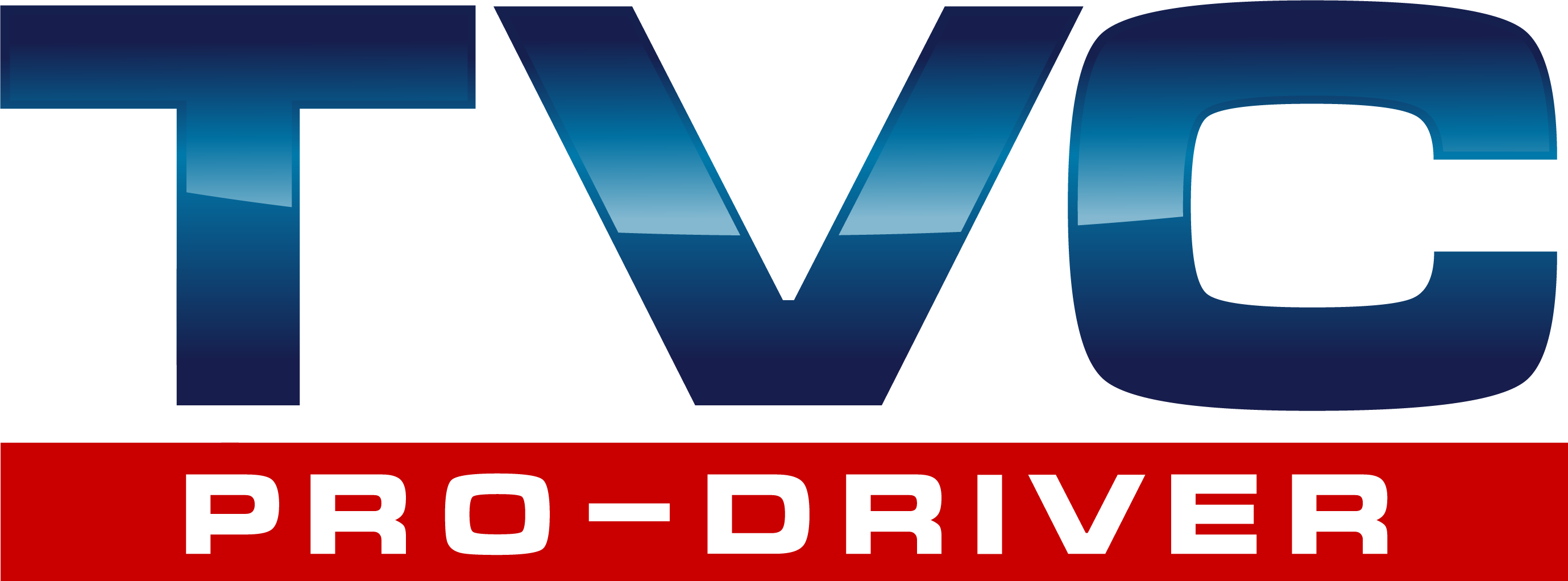For many fleet managers, conducting an annual motor vehicle record (MVR) review for each driver is often seen as a mere compliance requirement dictated by Federal Motor Carrier Safety Administration (FMCSA) regulations. While this review technically fulfills the obligation of verifying a driver’s status at least once a year, it creates a significant visibility gap that can expose companies to substantial risks.
In this article, we’ll explore how annual MVR reviews contribute to this visibility gap and how to bridge it effectively.
Understanding Annual MVR Reviews
An annual MVR review is a federally mandated process requiring employers to check the driving records of their commercial drivers (CDL) at least once every year. This review ensures drivers meet the legal criteria for operating commercial motor vehicles (CMVs).
An MVR typically includes:
- Current License Status: Indicates whether the driver’s license is active, suspended, or revoked.
- Driving Violation*: Lists infractions, including speeding, DUIs, and other minor or major offenses.
- Crash History: Records any reported accidents.
While annual MVR reviews are essential for compliance, relying solely on them leaves a critical visibility gap that can make companies vulnerable.
What Is the Visibility Gap?
The visibility gap refers to the lack of insight into a driver’s MVR and driving behaviors between annual reviews. Since an MVR only offers a snapshot of a driver’s history at the time of the review, it quickly becomes outdated. This gap presents several significant risks:
Unreported Serious Violations
Drivers are often expected to self-report violations and license suspensions, but this practice can be unreliable. If a driver fails to inform their employer, concerning behaviors can go unnoticed for extended periods. For example, suppose a driver receives a speeding ticket shortly after an MVR review and does not self-report. In that case, the fleet may remain unaware of this risk for up to a year, potentially allowing a driver with serious infractions to continue driving.
Reactive Risk Management
If violations are only discovered during the annual MVR pull, it may be too late to mitigate the consequences, including accidents or disqualifications.
Escalating Risk Exposure
The dangers of relying on annual MVR reviews have intensified as driving behaviors become more hazardous, and the costs associated with accidents rise. Allowing drivers with unresolved violations to stay on the road can expose fleets to lawsuits, exorbitant verdicts, and increased auto insurance premiums. With the rising frequency of multi-million dollar verdicts and soaring insurance costs, the stakes have never been higher.
Companies can no longer afford to operate under the assumption that drivers will self-report violations or that severe issues will not arise between reviews. Closing the visibility gap and transitioning from a reactive approach to proactive risk management throughout the year is essential.
Bridging the Gap with Continuous Driver Monitoring
To effectively mitigate driver risk, fleets need more than just annual MVR reviews; they require real-time insights into driver behaviors and violations to enable prompt interventions.
Continuous MVR monitoring provides ongoing updates regarding changes to a driver’s motor vehicle record, ensuring that companies are alerted immediately when a violation or license status change occurs. When integrated with Compliance, Safety, Accountability (CSA) monitoring and telematics, this approach allows fleets to keep track of compliance and unsafe driving behaviors such as speeding, hard braking, and distracted driving.
The advantages of continuous driver monitoring include:
Immediate Alerts
Continuous monitoring offers instant notifications regarding driver activity, allowing fleet managers to address issues before they escalate through targeted training or interventions.
Proactive Driver Risk Management
With ongoing insights, companies can consistently enforce safety policies and ensure drivers adhere to safety standards throughout the year. This proactive approach empowers fleets with the data and confidence needed to tackle issues as they arise.
Tailored Training and Intervention
Early detection of violations or risky behaviors enables companies to implement customized driver training programs to correct poor driving habits before they lead to accidents or claims.
Enhanced Safety Culture
Continuous monitoring fosters a high standard of driver safety, resulting in fewer crashes, improved driver behavior, and a robust safety culture within the organization.
Transitioning to Proactive Driver Risk Management
It’s time to reevaluate your fleet safety strategy. In today’s high-risk, high-cost landscape, annual MVR reviews alone are insufficient. Fleets need continuous visibility into driver risk, with timely updates and the ability to act swiftly.
By closing the visibility gap and moving from a reactive to a proactive approach, you can identify risky behaviors before they result in accidents or disqualifications. This shift protects your business and equips you with the insights and confidence needed to enforce safety policies and maintain a safer, more accountable fleet.
TVC Pro-Driver is partnered with industry leader SambaSafety to connect our members with top services, including:
- Video Safety Training: Receive discounted pricing to drive a safety-focused workplace culture.
- MVR Reporting: Identify drivers needing additional safety training, manage solutions and modify driver behavior with near real-time alerts.
- CSA Monitoring: Access an easy-to-use dashboard featuring a complete overview of CSA events, a carrier scorecard, vehicle maintenance report, driver essentials report and driver scorecard.
Don’t fall victim to the visibility gap with annual MVR reviews. Reach out today to learn more about continuous MVR Reporting from SambaSafety. Current members can contact their fleet support managers, and prospective members can contact us at sales@prodriver.com. Be sure to ask about all of our monitoring services available through SambaSafety.













